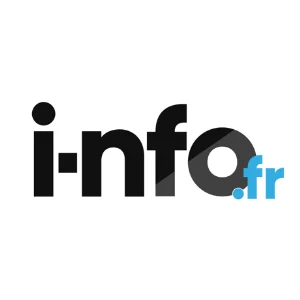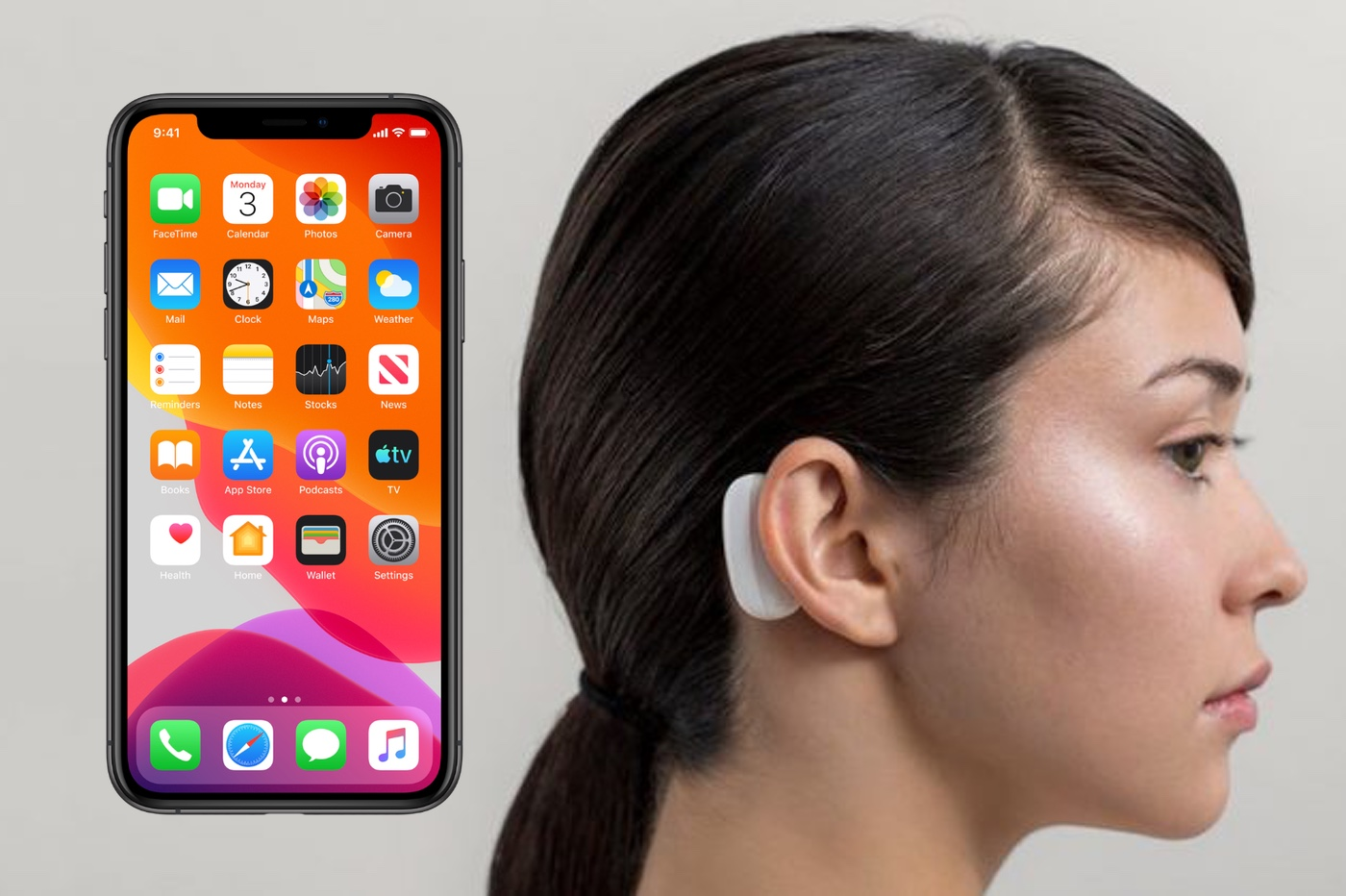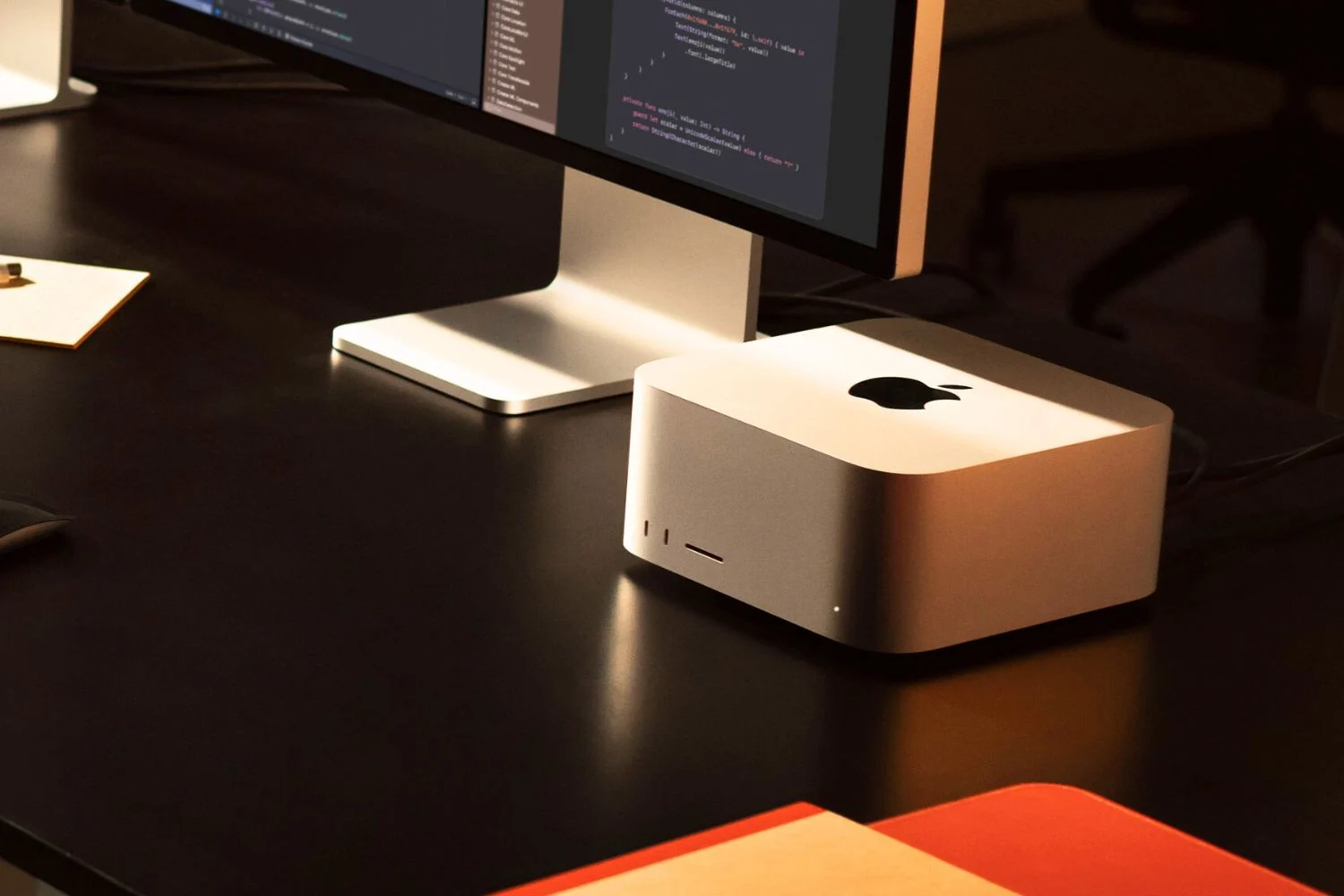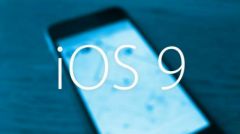 At a time when the
At a time when the
Qi charging, i.e. this wireless charging standard, is already well known to
general public, it could be that Apple will also do it for its next
iPhone from 2017. For previous models, it is always the wire that the full
energy is done, whether in Lightning or 30-pin. However, there is
some accessories from third-party manufacturers that allow you to transform a
iPhone to add a wireless charging function. It is in particular this
What do Ar Designs offer?
seen here on Kickstarter, Xvidia
vu isand evenIkea.
We also already havetested
a similar solution is the iQi.
Recently, it is a product fromChoetechthat we have
had in our hands and which allows you to equip an iPhone with Qi charging. So here is
our verdict on this Qi kit by Choetech, in two elements, a base of
charger and an iPhone receiver, sold separately.
The Choetech Qi charging base is available here
The Choetech Qi receiver for iPhone is available here
A charger, a receiver
To have the all-in-one solution, you must purchase both the
Qi receiver, which will be used by the iPhone to recover wireless charging, and
a Qi charger, on which the iPhone will be placed. Obviously, if we
already has a charger, the receiver part for iPhone is enough.
First of all, here's what the charger looks like. It is a square
black measuring 90 mm x 90 mm x 9 mm. Very light, it is also rather
END. It has 4 pads on the bottom, non-slip and ensuring good
stability.
On top, it is a slightly rough plastic coating which covers
the case, with an acronym symbolizing wireless charging technology. On
On one side, an LED lights up blue when the device is charging. On
on the opposite side, a miniUSB socket allows you to connect the charger to the mains
using the supplied USB-miniUSB cable.
Without necessarily appearing high-end, the case still seems
quite well built.
For the energy receptor, it is a thin white rectangle of approximately
75 mm x 40 mm and which ends with a small metal Lightning socket. All
it seems rather solid and unless you mistreat the thing, the connector
Lightning is clearly not likely to stand out from the rest. Be careful, he
is not MFi certified, Apple does not certify this type of socket too small.
Installation is very simple, the receiver is placed
on the back of the iPhone, the Lightning plug connects to the port
Lightning. The iPhone must be covered with a case, since the Qi receiver
does not stand alone.
On the connector side, the connection seems assured, but its large size may
cause some setbacks with certain hulls, as we will see
below.
An under-shell refill
Requiring the use of a case, this charging reception system
Qi therefore implies certain conditions. We did the test with an iPhone 6
More and different types of hulls.
The iPhone 6 Plus tested is equipped with the Turata shell as standard, which we have
Besidestested
and particularly appreciated. This shell has the specificity of dressing
iPhone on all sides, down to the buttons and speaker bezels,
millimeter close. Unfortunately, this prevents the receiver's Lightning jack
Qi to connect to the iPhone, while there would not even be room for
place everything on the back between the iPhone and the case.
Case number 2 is a very thin and flexible Spigen case, which fits
differs from the previous one by leaving the bottom of the iPhone
open.
This actually allows the Qi receiver to be used correctly, with the
Lightning jack securely seated in the iPhone port. The receiver is
also well maintained at the rear.
Only small problem, the receiver creates a bulge of a few millimeters on the back
of the iPhone, which results in a slightly wobbly device, but nothing great
annoying for daily use.
Finally, the third shell tested is a slightly thicker Spigen, which
also leaves more room around the buttons and openings, including the
prise Lightning.
Here, no problem using the Qi receiver, and except for protuberance
also light on the back, everything is well in place.
Qi, when, how?
Once the receiver is in place in the iPhone, charging is simple
by placing the mobile on the Qi base, approximately centered. The base
indicates that charging is in progress using a blue LED.
Concerning the recharge time, for the case of the iPhone 6 Plus, the battery
reached 100% capacity in 4 hours and 6 minutes. It's about a
half an hour longer than with traditional wired charging.
This slightly extended recharge time is still not a big deal,
the idea of wireless charging being to be able to put down (or pick up) the iPhone
quickly on the desk or nightstand and thus facilitate access to the
recharge.
Qi says better?
Ultimately, this Choetech Qi charging system has its advantages, but also
quite a few drawbacks.
It is obvious that wireless charging has many advantages, and
adding a receiver of this type to the iPhone allows you to take advantage of it. What's more
pleasant than no longer having to plug in the cable for each recharge, whether
either on the desk, in the kitchen, in the bedroom, or even in the car, with
compatible media?? A call and presto the iPhone is recovered from the
base, no giant wire, call ended, hop on, rest on the base and recharge
continues.
On the other hand, this kind of system for iPhone is a bit of a kind of
kickstand for a device that does not include wireless charging. And
this comes with its share of disadvantages, including the need to use a shell and
the occupation of the Lightning port, as well as a slight protuberance at
the rear.
Ideally, there would be athinner receiverand one
Lightning jack allowing bothto connect to the iPhone and
to accept an additional Lightning cable. This would recharge
even where a Qi charger is not available (in a car for example). Even if he
is still possible to unplug the Choetech Qi receiver for charging
exceptional classic wired.
Conclusion
What we liked:
- very convenient wireless charging
- Choetech kit compatible with all iPhones with Lightning port, from 5 to
7 - compatible with any Qi support
- recharging which takes place despite the thickness of the shell
- inexpensive (less than 18 euros for base + receiver)
What we liked less:
- Choetech charger without mains plug included
- charger too light for maximum stability
- receiver for use with a case
- and not just any shell
- rear protuberance
- Lightning port blocked
- Not MFi (but it's an Apple constraint)
This kit will certainly satisfy geeks looking for new things, especially at a
very affordable price, less than half
at the iQi sold thereettested
ici. But its share of disadvantages does not make it an effective solution on
the long term in our opinion, with the disadvantage of non-MFi certification in
bonus… It is perhaps even better to consider a shell directly integrating the
Qi wireless charging on the back, like
the Mophie Juice Pack iPhone battery case.
Otherwise, there is always the hope ofsee an iPhone 8 appear or
Editionwith wireless charging this year.
The Choetech Qi charging base is available here for 9.99 euros,
other Qi compatible models
are on sale here
The Choetec Qi sensor for
iPhoneis noted3,5stars out of 5
par iPhon.fr
Don't missour accessory tests
Recent iPhone and Watchdont :
Car charger test with 4.8 A Syncwire Lightning cable: MFi and
lifetime warranty, 10% reduction
Test of the OKCS Lightning extension cable for iPhone/iPad: for what use
?
Belkin RockStar Audio Lightning Adapter Review: For Charging
iPhone 7 with headphones plugged in
GoPower Kanex mobile Apple Watch charger review
Test of the “Nike+” type bracelet for the Apple Watch by Venter at 17
euros, with a bright surprise!- Test AirPods : photos
and opinion after a week of use - Test of the ThermoPeanut, the small connected thermometer that keeps
always keep an eye on the temperature - Test of the GuardPeanut, the small connected sensor which alerts in the event
of vol
Testing Echo Mini Batteries with Built-in Lightning Jack- You test
chargeur 4 ports USB SyncWire - You test
Aukey 4-port USB cigarette lighter charger
Review of the Aukey Bluetooth keyboard for iPhone, iPad or Mac- Test
Aukey woven lightning cable
Test of the ShoulderPod S1 photo holder for iPhone and other smartphones:
professional equipment!
Test of the Milanese mesh bracelet for Apple Watch Jetech, sold less than 17
euros
Miniaturized lighting socket for the new iPhone and iPad cables
SyncWire : test et code promo !
Testing the Jumpdrive M20i USB/lightning key for iPhone/iPad
Home automation: test of the Eve Energy socket to be controlled from the iPhone and iPad
(compatible HomeKit/Siri)- You test
iClever wireless Bluetooth headphones: what do you get for just over 20 euros
? - You test
Connected “physiotherapy” for iPhone: Bluetens!
Anker PowerCore 20100 mAh battery review: a monster of power
for iPhone, iPad

i-nfo.fr - Official iPhon.fr app
By : Keleops AG






![[CYDIA] MultiIconMover, a very practical utility!](https://cline.one/tech/ignace/app/uploads/2019/09/placeholder-1200x630.jpg)